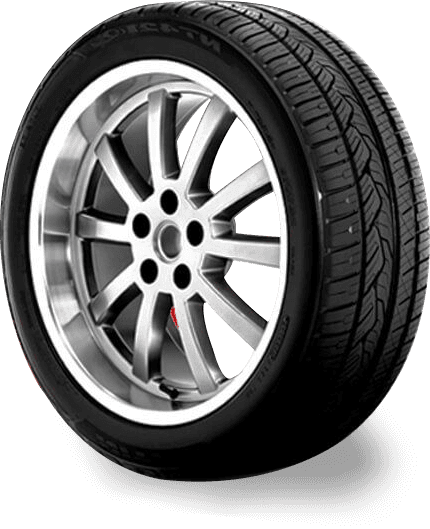
Nov . 05, 2024 11:52
Back to list
pressure regulating skid
Understanding Pressure Regulating Skids An Essential Component in Industrial Systems
In various industrial applications, the efficient control and management of fluid pressure are crucial for ensuring system safety, performance, and reliability. One of the key solutions to achieve optimal pressure regulation is the use of pressure regulating skids. These engineered systems play a pivotal role in maintaining consistent pressure levels in piping and process systems, facilitating smooth operations across different industries, including oil and gas, chemical processing, water treatment, and more.
What is a Pressure Regulating Skid?
A pressure regulating skid is a pre-engineered assembly that integrates various components, such as pressure regulators, valves, gauges, and piping, onto a single platform or skid. This assembly is designed to control the pressure of fluids (liquids or gases) in a safe and efficient manner. Skids can be custom-built to suit specific applications or tailored to meet the operational requirements of a facility.
The primary function of a pressure regulating skid is to normalize pressures from high-pressure sources to desired lower pressure levels required for downstream processes. By doing so, they prevent equipment damage, reduce the risk of leaks, and enhance the overall safety of the system.
Key Components of Pressure Regulating Skids
1. Pressure Regulators These devices automatically adjust the output pressure to maintain a constant level, regardless of fluctuations in inlet pressure. Regulators are central to the function of a skid.
2. Valves Various types of valves, including control valves and shut-off valves, are integrated into the skid to manage the flow of fluids. They are essential for directing the flow and isolating parts of the system when necessary.
4. Filters To ensure the efficient operation of the skid, filters can be included to remove contaminants from the fluid, protecting downstream equipment from damage.
5. Instrumentation and Control Systems Modern skids often incorporate advanced monitoring and control systems that automate the regulation processes, improving response times, efficiency, and safety.
pressure regulating skid

Advantages of Using Pressure Regulating Skids
1. Space and Cost Efficiency By consolidating various components into one skid, manufacturers and operators can save valuable space in their facilities and reduce installation costs.
2. Customization Pressure regulating skids can be tailored to fit specific operational needs, making them versatile solutions for a range of applications.
3. Simplified Maintenance Since all components are housed together, maintenance and troubleshooting become more straightforward, leading to reduced downtime and operational interruptions.
4. Enhanced Safety By providing precise control over pressure levels, skids help minimize the risks associated with pressure surges or drops, promoting a safer working environment.
5. Improved Operational Efficiency By maintaining optimal pressure levels, skids enhance the efficiency of downstream processes, leading to increased productivity and reduced operational costs.
Applications in Various Industries
Pressure regulating skids are utilized in a variety of sectors. In the oil and gas industry, they regulate pressures at different stages of production, refining, and distribution. In chemical processing, they ensure the safe operation of reactors and storage tanks. Water treatment facilities use these skids to manage pressure in filtration systems, contributing to effective water purification and distribution.
Conclusion
In conclusion, pressure regulating skids serve as essential components in modern industrial systems, providing reliable pressure control and enhancing overall operational efficiency. Their ability to integrate multiple functionalities into a single unit not only simplifies installation and maintenance but also contributes to safer and more effective processes across various industries. As industrial demands continue to evolve, the role of pressure regulating skids will remain integral to achieving optimal performance.
Next:
Latest news
-
Safety Valve Spring-Loaded Design Overpressure ProtectionNewsJul.25,2025
-
Precision Voltage Regulator AC5 Accuracy Grade PerformanceNewsJul.25,2025
-
Natural Gas Pressure Regulating Skid Industrial Pipeline ApplicationsNewsJul.25,2025
-
Natural Gas Filter Stainless Steel Mesh Element DesignNewsJul.25,2025
-
Gas Pressure Regulator Valve Direct-Acting Spring-Loaded DesignNewsJul.25,2025
-
Decompression Equipment Multi-Stage Heat Exchange System DesignNewsJul.25,2025

